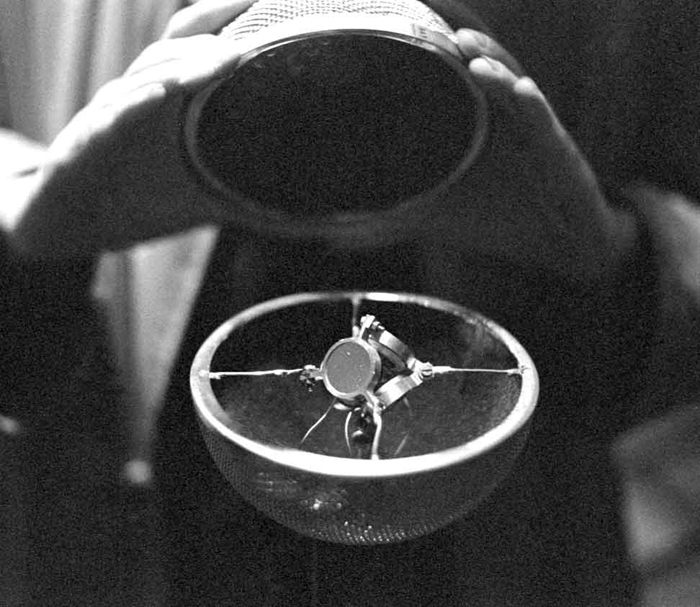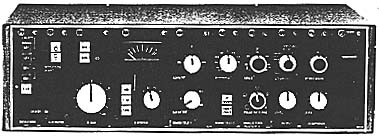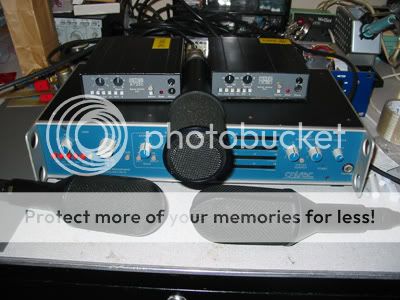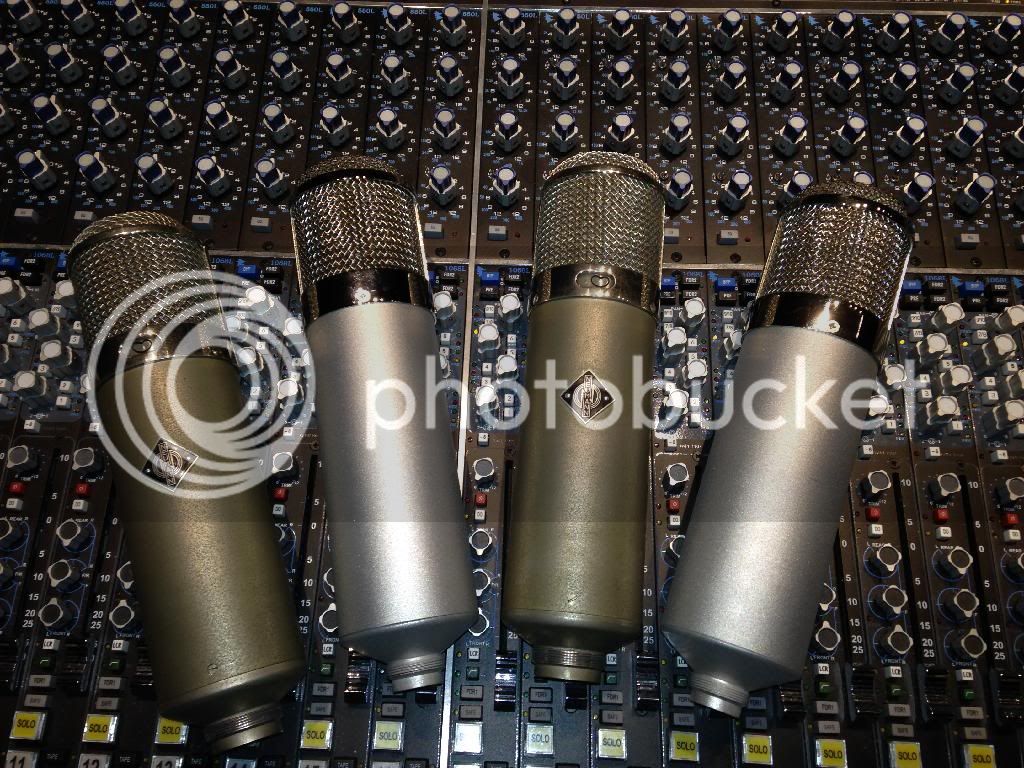okgb
Well-known member
I suppose you could , " add " phase problems to an existing signal to make it sound different ?
SSLtech said:I have to be careful about replying to this without coming across as dismissive, however this forum is a more focused on the technical aspects than most, and the last reply was very vague... -I 'get' not revealing proprietary information, but -to quote "Scotty" (James Doohan) from Star Trek:
"Ye cannae change the laws of physics"
Not even with sales-talk.
Again, I don't doubt the cleverness of the product, or the people involved... but the laws of physics suggest that the information collected by these microphones is insufficient to execute a more complete simulation... no matter HOW immensely clever the people involved.
..unless someone has repealed the laws, and I somehow missed the memo.
But you can't.Steven Slate said:We can use the microphone to capture many different sources, at different amplitudes, at different axises, and in different environments and acoustic spaces... We can get a clear picture of what the mic is capable of reproducing. I don't think that is deniable.
SSLtech said:...But we only have your say-so, that you have "done it".
On the other hand, I absolutely oppose any notion that it is physically possible to create a microphone which will simulate the behaviour of the Royer microphone as simulated in the video.
This assertion is based on physics -not opinions, and I'm afraid I don't believe that you have "done it". -Nor can you, with the microphones shown.

Familiar in general but not chapter and verse. I used to design and sell surround sound decoders in the late '70s.SSLtech said:Ah, now you're entering the territory of the evangelists, John!
-As I'm sure Ricardo knows, Michael Gerzon was passionate to the point, I understand, of irritating a good number of people on this subject... -Are you familiar with Gerzon's work?
http://www.michaelgerzonphotos.org.uk/
For tasters; a shot of the earliest tetrahedral prototype:

+1 it can't be perfect, period.ricardo said:On Gerzon, what he did was to turn the question of reproduction around. Instead of asking, "How do we make it perfect?", he asked "What CAN we make perfect?"
Good point... a major problem with IEMs too... no room cues.There is a bigger problem with dummy head recording than matching HRTFs. ALL studies show that moving head cues are far more important than fixed head cues.
Yes, binaural playback eliminates a major variable. Perhaps at some point an accelerometer on the listeners head could tweak for and simulate expected combing changes from head movement, while that would probably be weird too.There's actually a lot of work at present on binaural playback of Ambisonic recordings.
ricardo said:The best microphone of the 20th century, the Calrec Mk4 Soundfield, was also my baby



And that sweet pic is taken on a REAL API console! ;DSSLtech said:.....What the hell though: here's a shot of the two U47s and their two more modern counterparts (because I'm a pic-whore once I get going!):
Enter your email address to join: